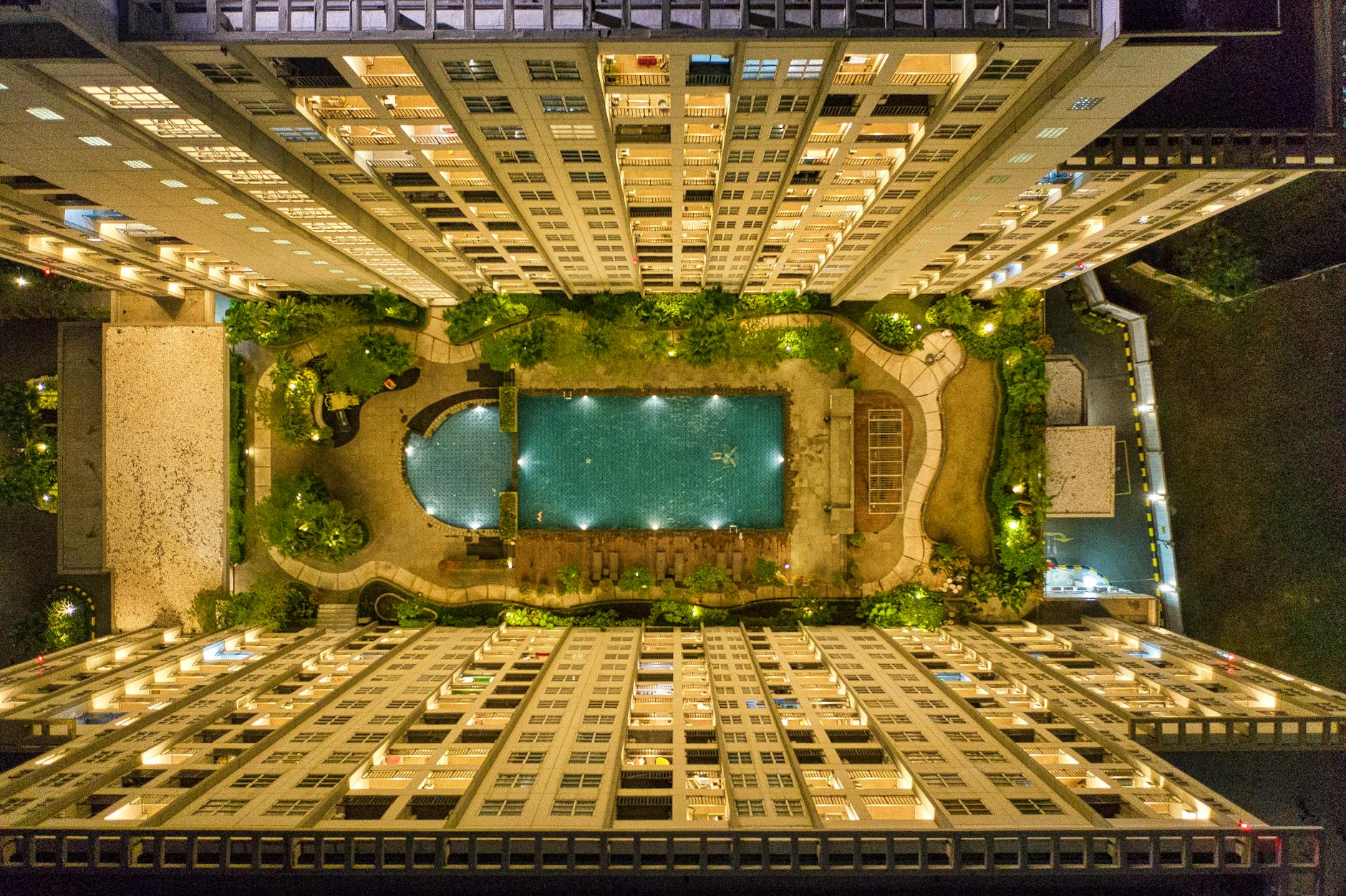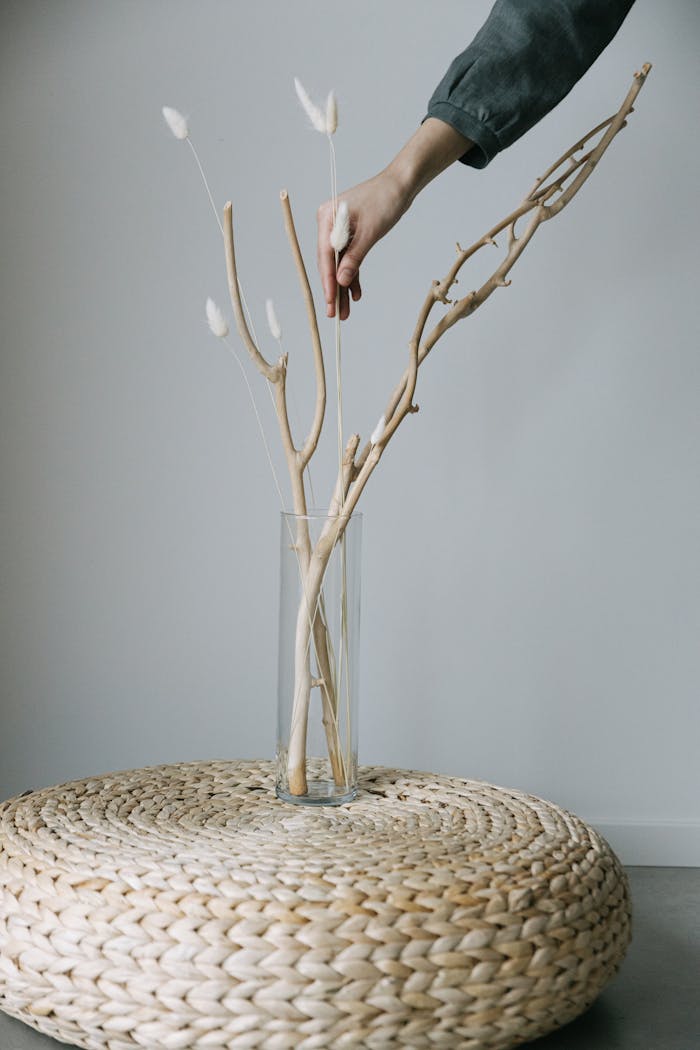Rooftop Gardens: Essential Artificial Grass Design Tips
Artificial grass has been gaining popularity in rooftop gardens due to its low maintenance and aesthetic appeal. Whether you are looking to create a small urban oasis or revamp your rooftop space, incorporating artificial grass can transform your rooftop garden into a relaxing sanctuary. To ensure a successful design, here are some essential artificial grass design tips that will help you make the most of your rooftop garden.
1. Assess Your Space and Needs
Before embarking on your rooftop garden project, assess the available space and your specific needs. Consider factors such as sunlight exposure, drainage, and the intended use of the rooftop garden. Understanding these aspects will guide you in selecting the right type of artificial grass and planning the layout of your garden.
2. Choose High-Quality Artificial Grass
Selecting high-quality artificial grass is crucial for achieving a natural look and ensuring durability. Opt for artificial grass that is UV stabilized to prevent fading and has a realistic appearance. Additionally, consider the pile height, density, and backing of the artificial grass to ensure it can withstand outdoor conditions and foot traffic.
3. Create a Functional Layout
Designing a functional layout is essential for maximizing the use of your rooftop garden. Divide the space into different zones based on your activities, such as lounging, dining, or gardening. Use artificial grass to define these zones and create visual interest. Incorporate pathways and borders to delineate various areas and enhance the overall design.
4. Incorporate Greenery and Planters
Enhance the beauty of your rooftop garden by incorporating greenery and planters alongside artificial grass. Select low-maintenance plants that thrive in the rooftop environment, such as succulents, ornamental grasses, and herbs. Integrate planters of varying sizes and heights to add dimension and texture to your garden and create a lush, vibrant atmosphere.
5. Consider Drainage and Waterproofing
Proper drainage and waterproofing are crucial elements to consider when installing artificial grass in a rooftop garden. Ensure that the artificial grass is permeable to allow water to drain efficiently and prevent pooling. Consult with a professional to assess the existing waterproofing system and make necessary adjustments to avoid water damage and ensure the longevity of your rooftop garden.
6. Add Lighting and Accessories
Transform your rooftop garden into a cozy retreat by incorporating lighting and accessories. Install outdoor lighting fixtures to illuminate the space and create a warm ambiance during evening hours. Consider adding furniture, cushions, rugs, and decorative elements to enhance comfort and style. Personalize your rooftop garden with accessories that reflect your taste and create a welcoming environment for relaxation and entertainment.
In conclusion, designing a rooftop garden with artificial grass can provide a sustainable and visually appealing outdoor space. By following these essential design tips, you can create a functional and inviting rooftop garden that complements your lifestyle and elevates your living experience. Embrace the versatility and beauty of artificial grass to transform your rooftop into a green oasis that inspires and rejuvenates.


